Modal filter
A modal filter is a feature used to limit through-journeys along a street by certain modes of transport. Modal filters are used to achieve filtered permeability and are part of the toolbox of low traffic neighbourhoods.
In a cycling context, the most pertinent type of 'filter' is one that limits access to just walking and cycling. This can be achieved in a variety of ways; either with just traffic sign restrictions (the 'flying motorbike' sign, prohibiting motor traffic, or an 'Except Cycles' plate on a 'No Entry' sign), or with physical restrictions such as bollards. Even a bus gate is a type of modal filter, allowing free passage by walking, cycling and buses, but prohibiting private motor traffic.
Modal filters can also be achieved very rapidly and cheaply, using concrete blocks or flower/tree planters, including as part of experimental traffic orders used to test changes before making them permanent.
Modal filters are sometimes also referred to as point closures, but we discourage use of terms like "closure" as it presents a motoring-centric view of streets, and can create needless worry for residents and businesses who may understand it to mean the street is being entirely closed to vehicles, when in fact modal filters do not prevent access to property by motor vehicle.
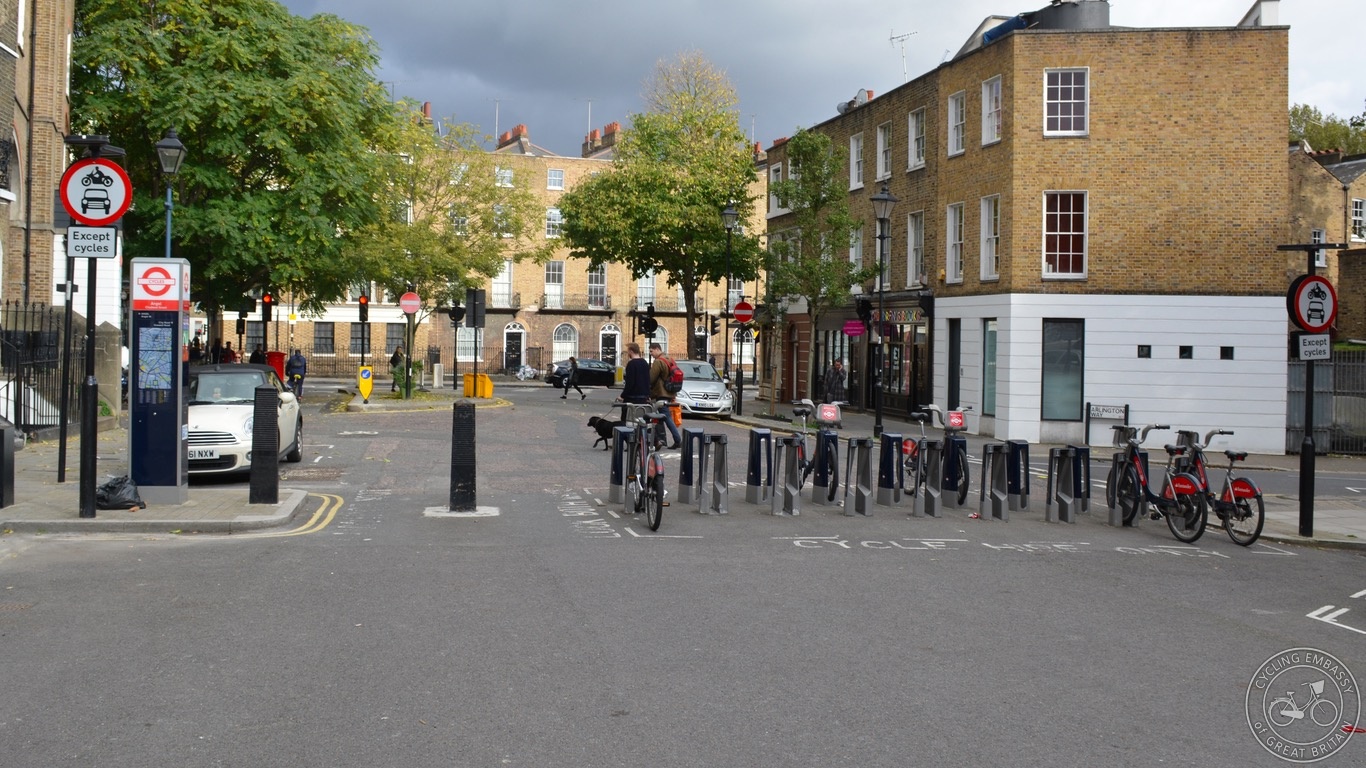
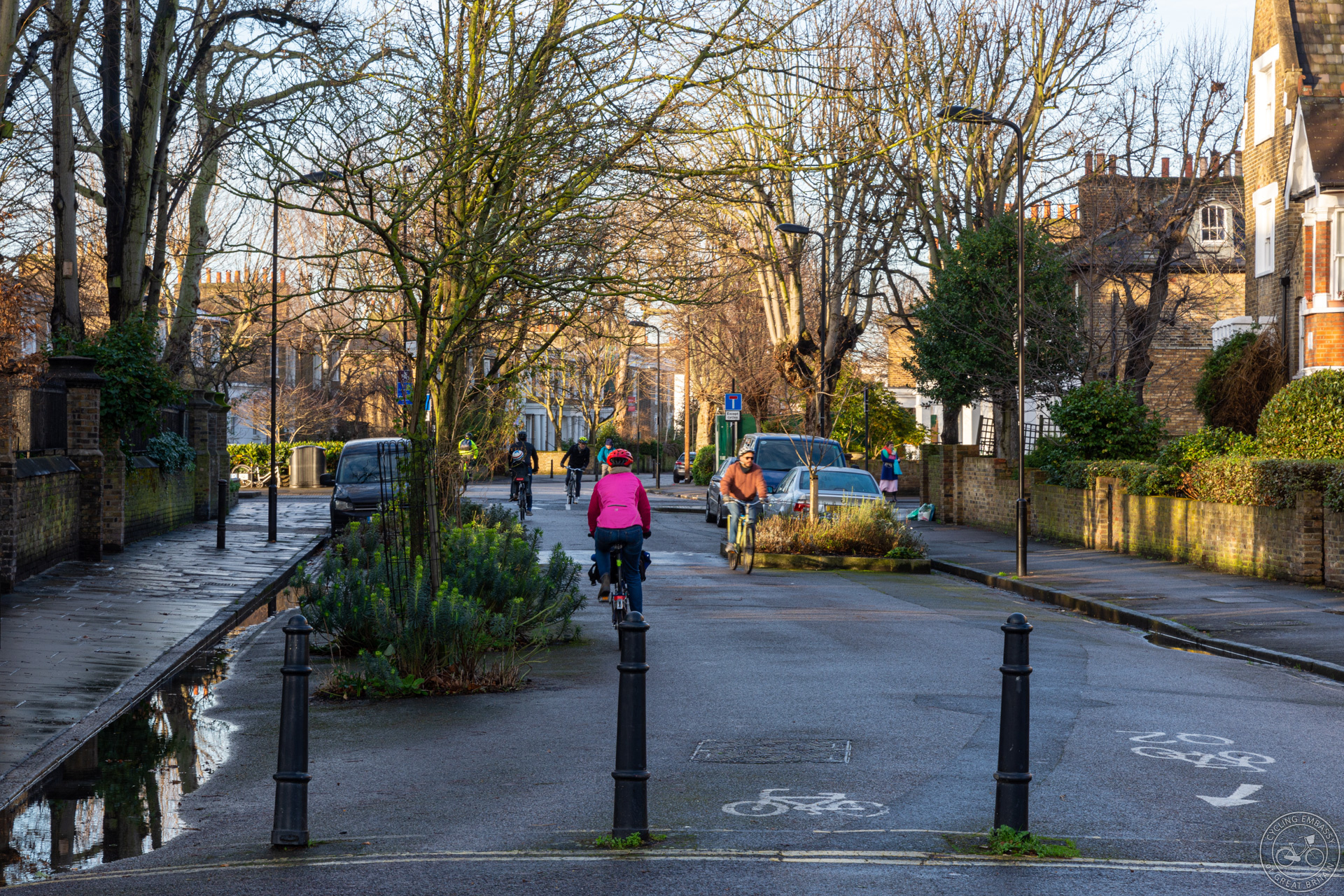
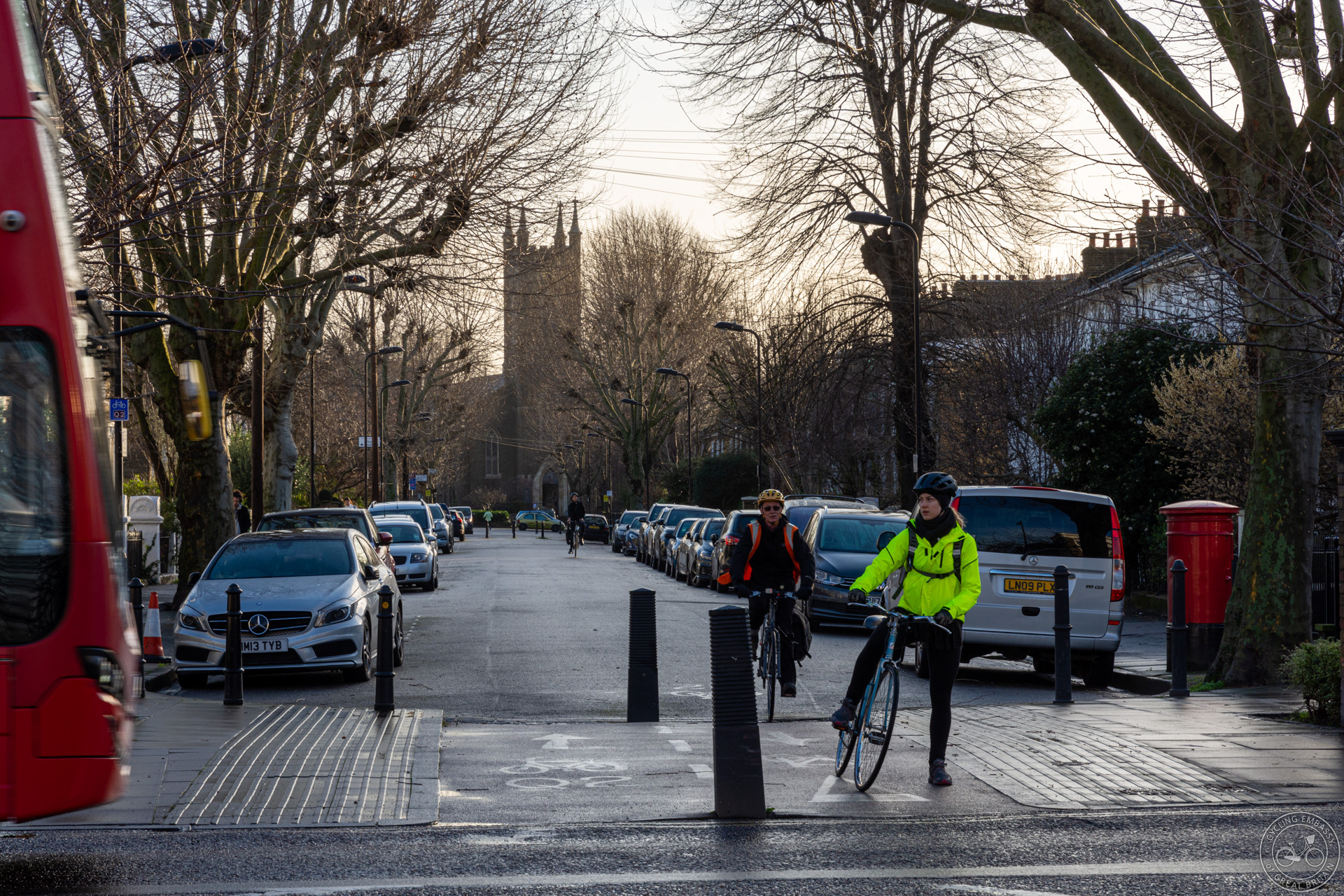
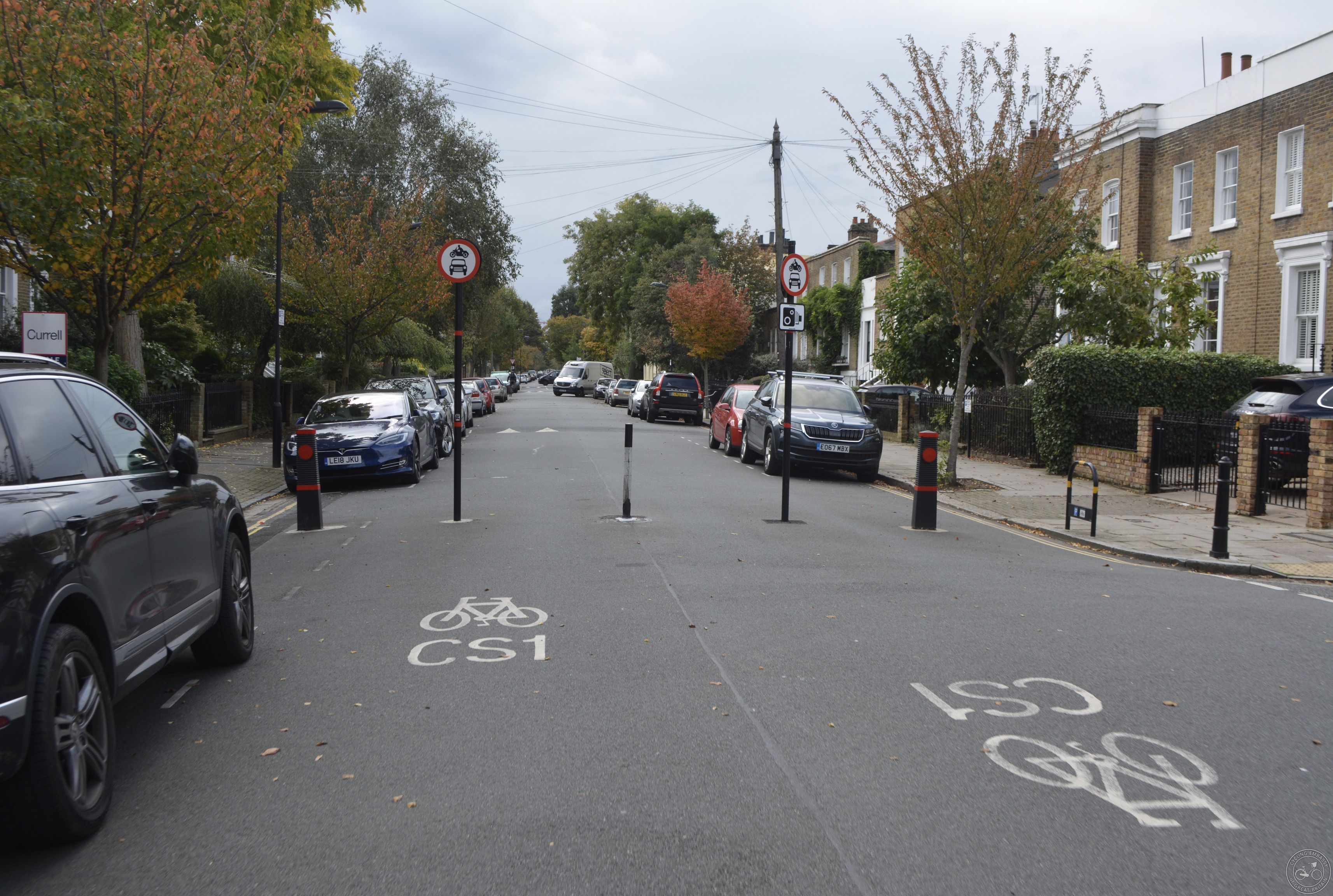
A variation on filtered permeability is to place a "no motor vehicles" restriction on a street with an exception for specified vehicles, such as local buses:
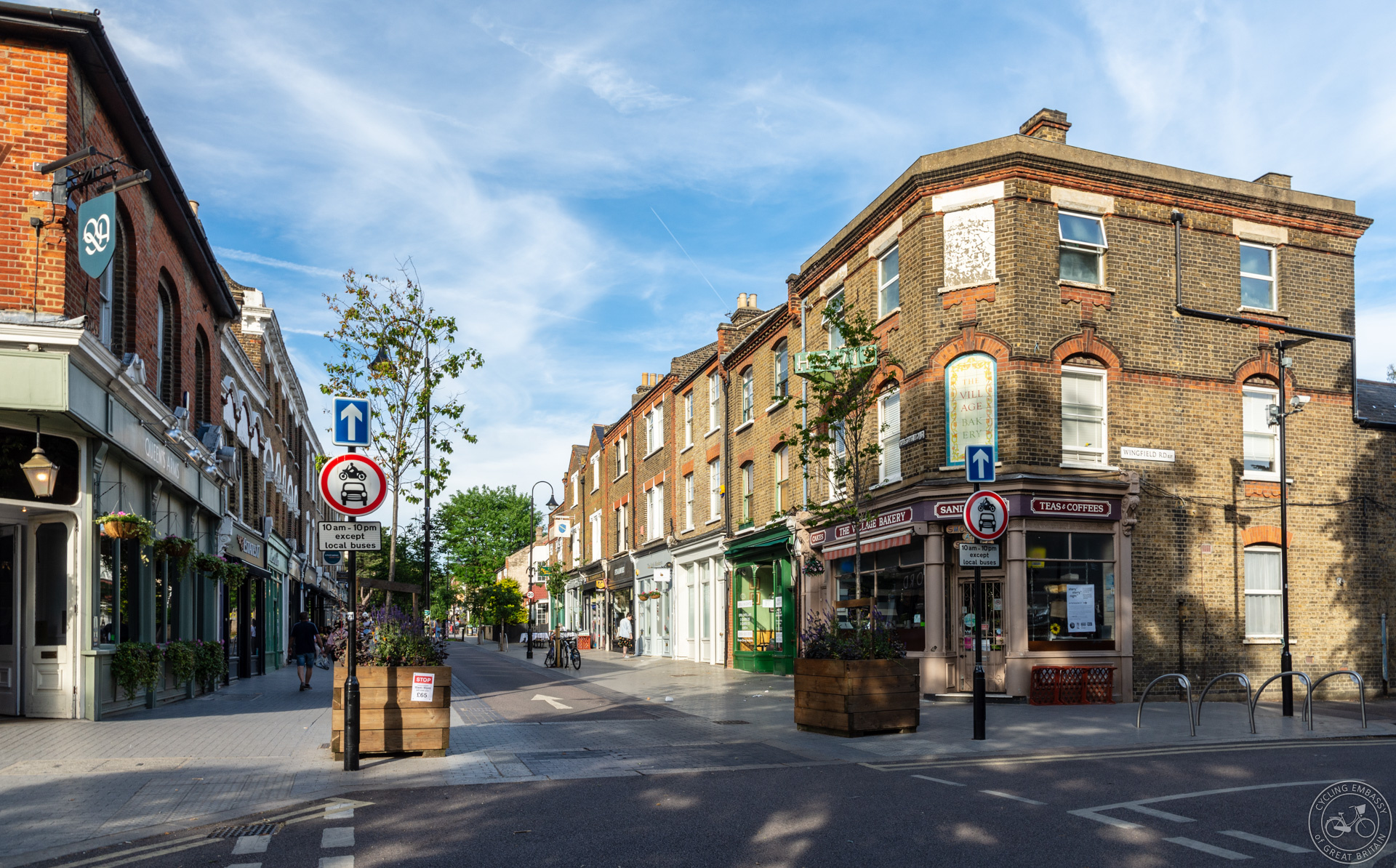
Another variant of modal filter prevents traffic crossing a main road from one side-street to another, preventing the side streets from being used part of a longer "rat run":
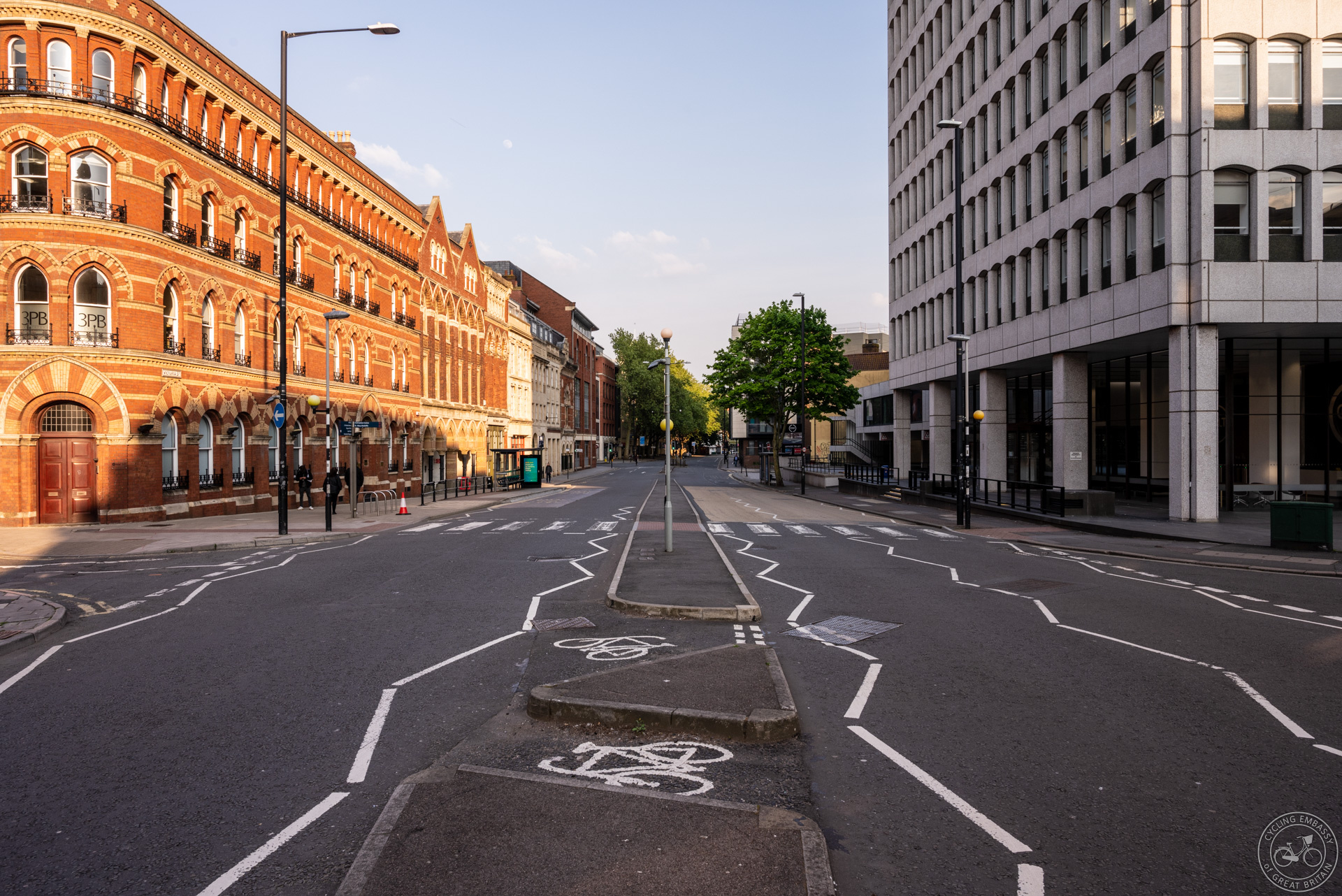
Modal filters are not exclusively urban - they can also be used in a rural context to constrain through motor-traffic to more appropriate parts of the road network, while still allowing access.
